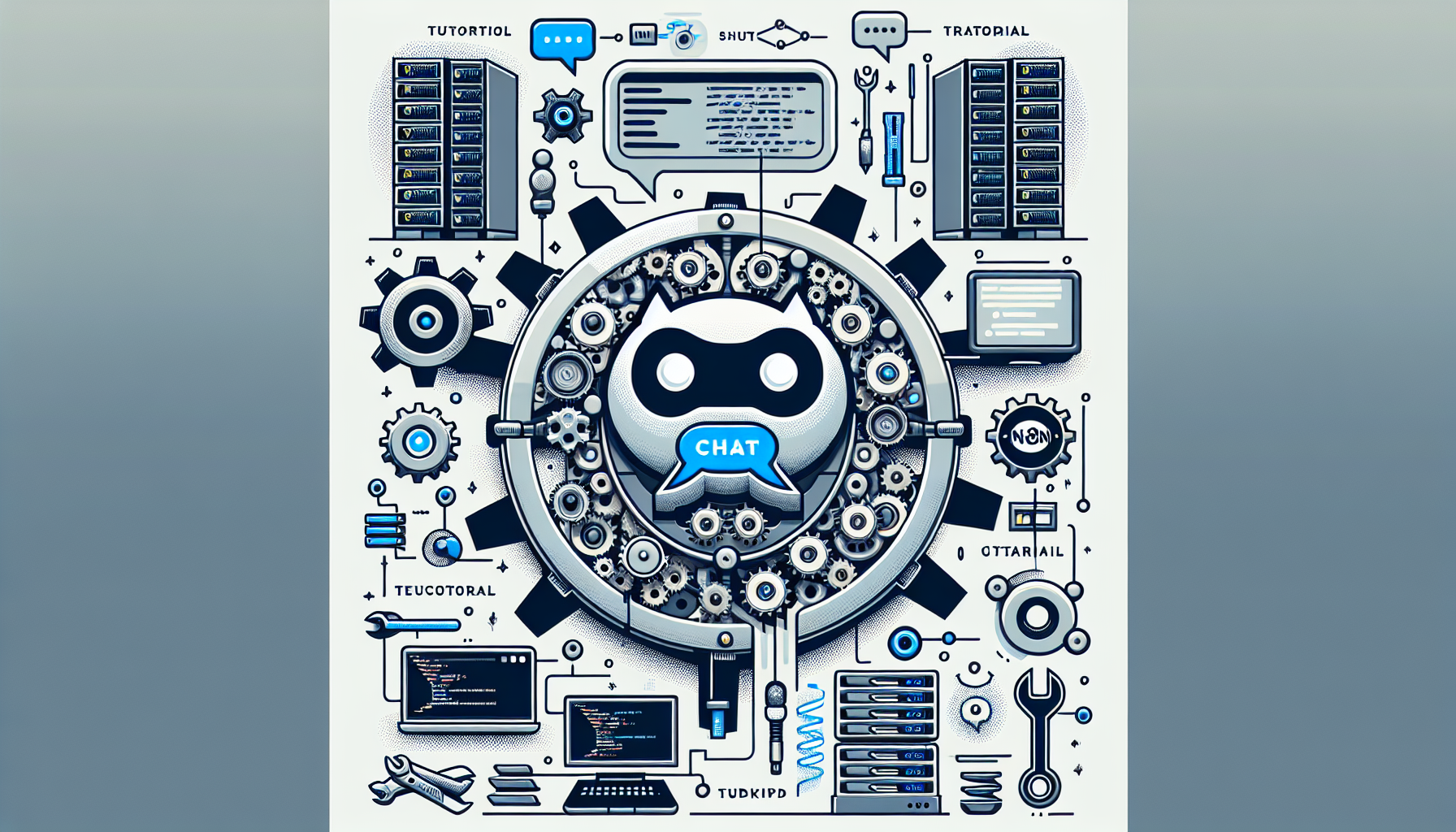Tutorial on Building Powerful Automations with ChatGPT and N8N
Overview of N8N and ChatGPT
In today’s digital landscape, automation is essential for efficiency and productivity. N8N is an open-source workflow automation tool that enables users to connect applications and automate processes seamlessly, while ChatGPT by OpenAI is a robust language model designed for natural language processing tasks. Combining N8N with ChatGPT can revolutionize how businesses handle customer support, content generation, and data analysis.
Requirements
Before starting, ensure you have:
- A running instance of N8N (can be hosted locally or on a cloud server).
- Access to the OpenAI API for ChatGPT.
- Basic understanding of webhooks, APIs, and asynchronous programming.
Setting Up N8N
-
Installation: If you haven’t installed N8N, follow the official installation guide. You can use Docker, npm, or other methods based on your preference.
-
Accessing N8N: After installation, open your web browser and navigate to
http://localhost:5678(or the cloud URL if hosted). -
Creating a new workflow: Click on “New” in the upper right corner to create your first workflow. Each workflow will consist of nodes that perform specific tasks.
Integrating OpenAI API with N8N
-
Create an OpenAI Account: Sign up on OpenAI and subscribe to their API to get your API key for ChatGPT.
-
Configure the API Node:
- Drag an HTTP Request node into your workflow.
- Set the method to
POST. - Enter this URL:
https://api.openai.com/v1/chat/completions.
-
Set Headers:
- Add a header with the key
Authorizationand valueBearer YOUR_OPENAI_API_KEY. - Set
Content-Typetoapplication/json.
- Add a header with the key
-
Configure Body:
- In the body section, choose JSON format.
- Structure the request as follows:
{
"model": "gpt-3.5-turbo",
"messages": [
{
"role": "user",
"content": "YOUR_MESSAGE_HERE"
}
],
"max_tokens": 100
}Replace YOUR_MESSAGE_HERE with the dynamic input you want from a preceding node.
Creating an Input Node
-
Webhook Node:
- Drag a Webhook node into your workflow.
- Set the HTTP Method to
POST. This will act as the entry point for incoming requests. - Copy the provided webhook URL.
-
Testing the Webhook: You can use tools like Postman or Curl to send POST requests to the copied URL with a JSON body containing user messages. The structure will look like:
{
"message": "Hello, ChatGPT!"
}Setting Up the Workflow Flow
-
Connecting Nodes: Click and drag to connect the Webhook node to the HTTP Request node. This connection signifies that when the Webhook receives a request, it will send that data to the OpenAI API.
-
Data Mapping: Ensure you’ve mapped the incoming message dynamically from the webhook to the HTTP Request body. For example, in the HTTP Request body, change
YOUR_MESSAGE_HEREto{{$json["message"]}}.
Adding Output Nodes
-
Respond to Webhook:
- Drag another HTTP Response node into your workflow.
- Connect it to the HTTP Request node.
- Set the response body to return the result from ChatGPT using expression mapping. For example:
{
"response": "{{$node['HTTP Request'].json['choices'][0]['message']['content']}}"
}Testing Your Automation
-
Trigger the Webhook: Use Postman or Curl to hit the Webhook URL again, sending a test message.
-
Check the Response: Ensure the response you receive is the processed output from ChatGPT, e.g., “Hello! How can I assist you today?”
Error Handling and Logging
-
Error Handling: Add IF nodes or use the error workflow feature in N8N to build logic for handling failed requests or unexpected responses.
-
Logging: Use the Set node to log both the input received and the response from ChatGPT for future debugging.
Advanced Automation Ideas
-
Customer Support Bot: Set up a flow to handle customer queries automatically through your website chat. The Webhook node will capture messages, query ChatGPT, and return useful responses.
-
Content Generation: Create a workflow that receives topics from a Google Sheet, generates content using ChatGPT, and then saves it back to the Sheet, making content creation scalable.
-
Social Media Posting: Automate the posting of ChatGPT-generated content to social media platforms like Twitter or Facebook using their respective N8N nodes.
Conclusion
By combining N8N and ChatGPT, you unlock boundless automation opportunities that enhance efficiency and effectiveness. From customer support to content generation, your operations can benefit significantly from these powerful tools.
Experiment with different configurations and stay updated with both platforms to leverage new features and capabilities. Engage with the community forums of both N8N and OpenAI for tips and enhancements that can further optimize your workflows.


